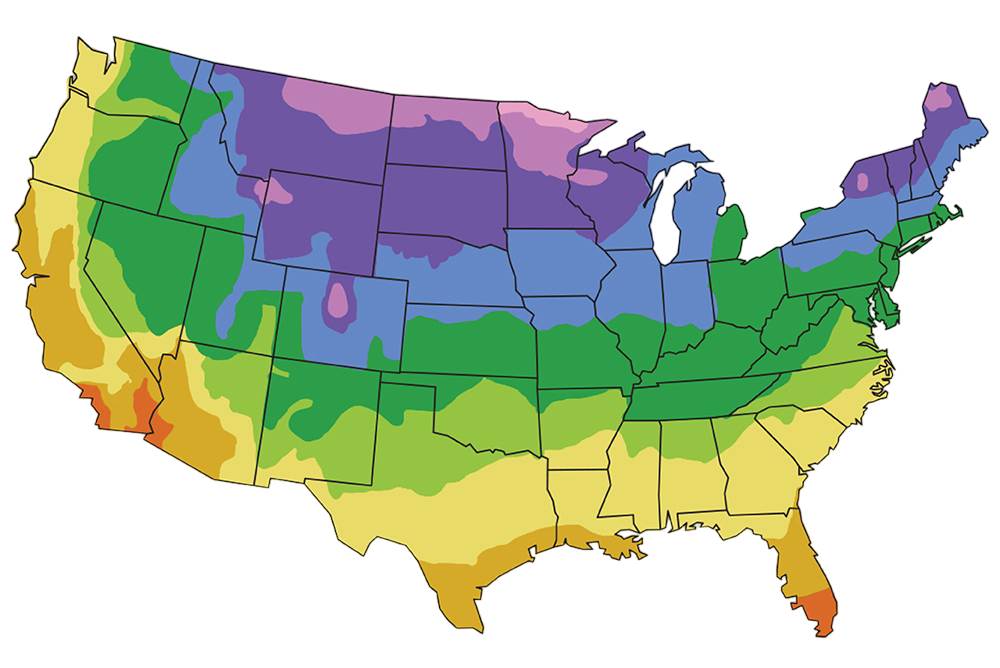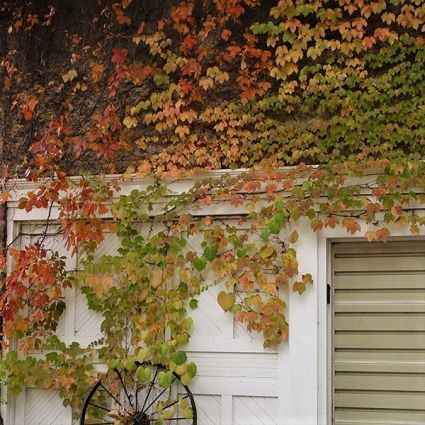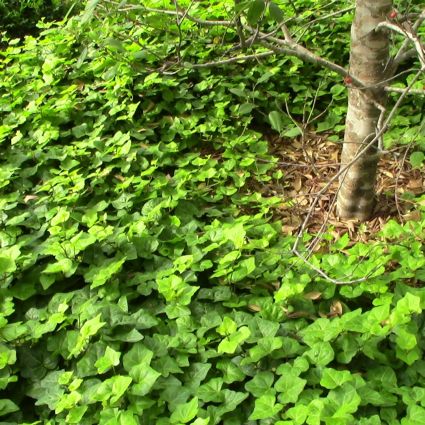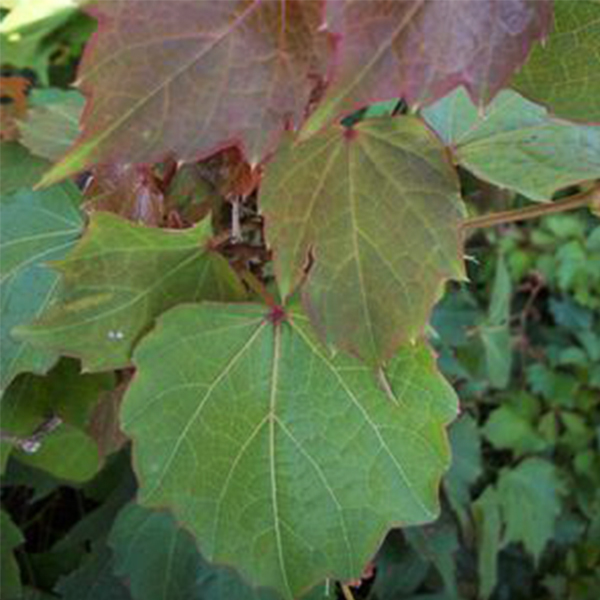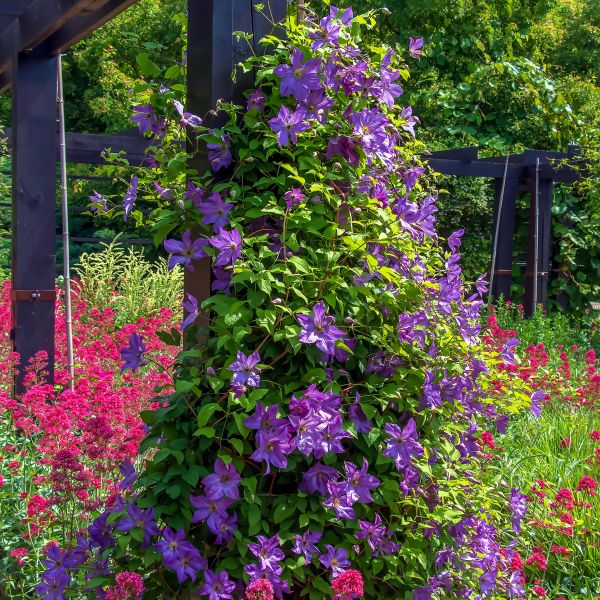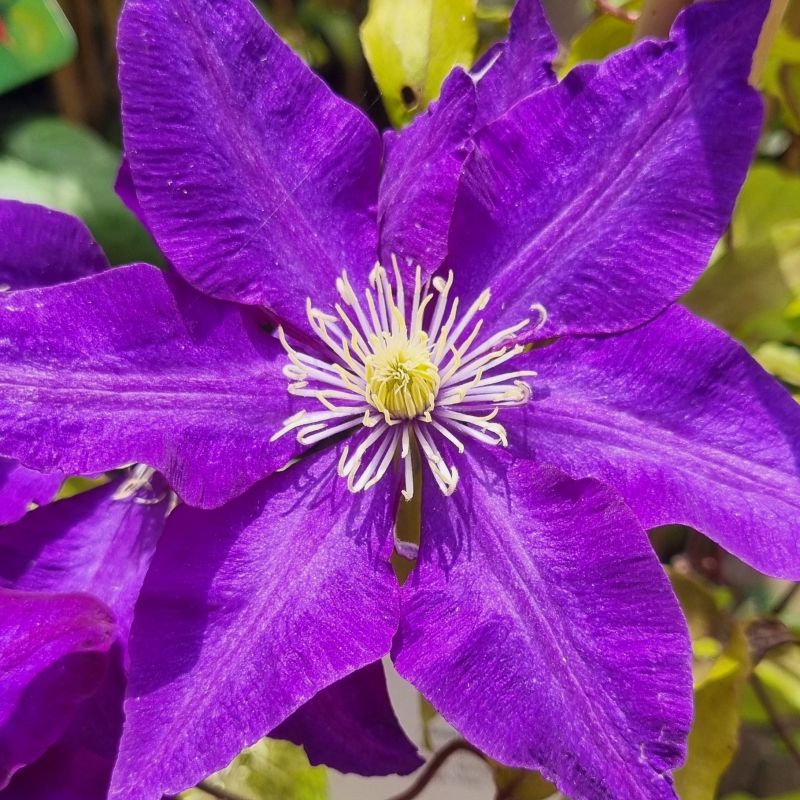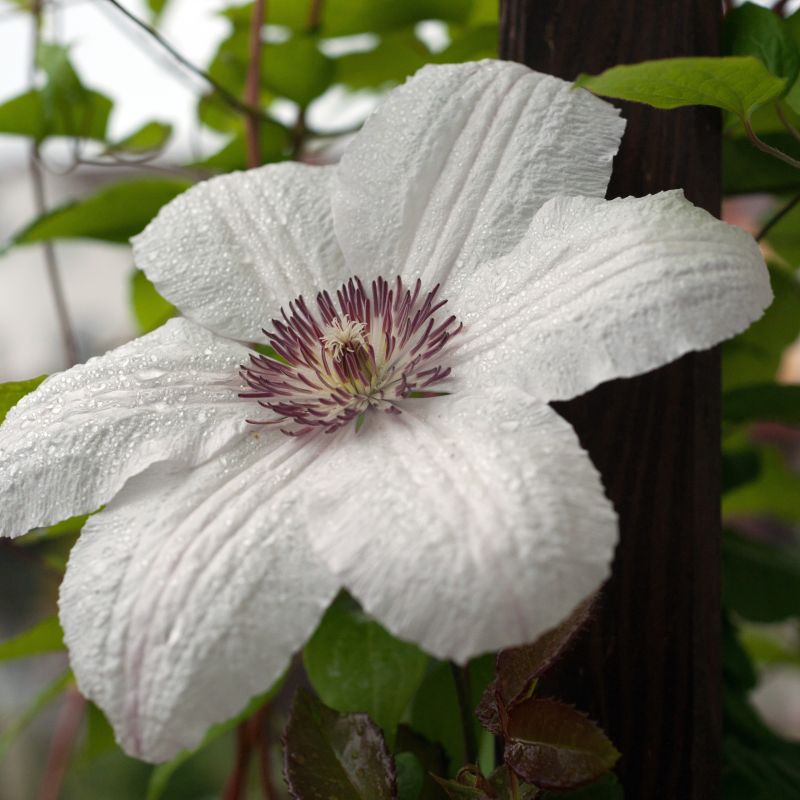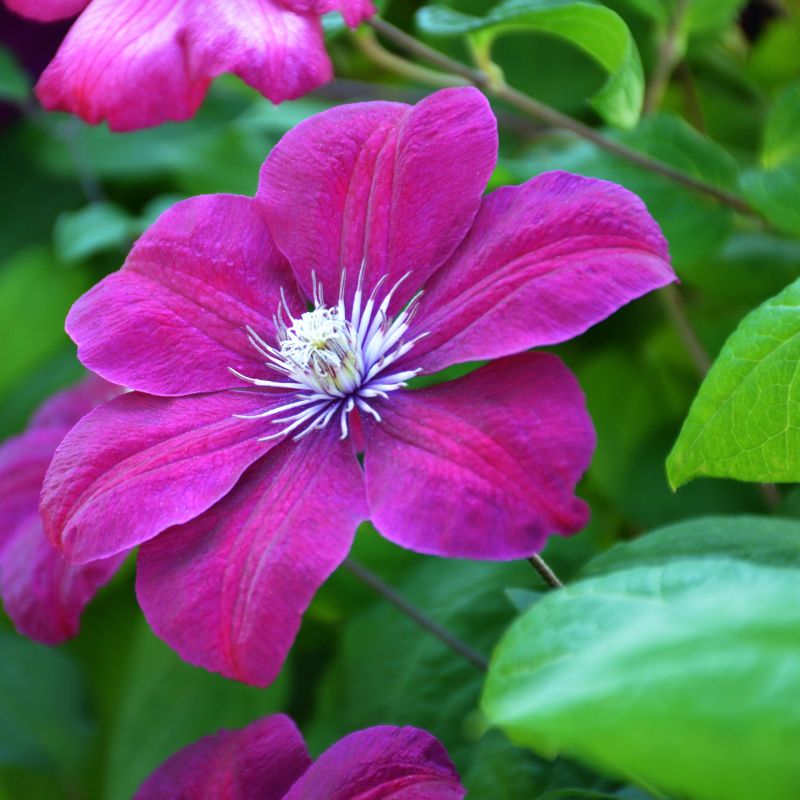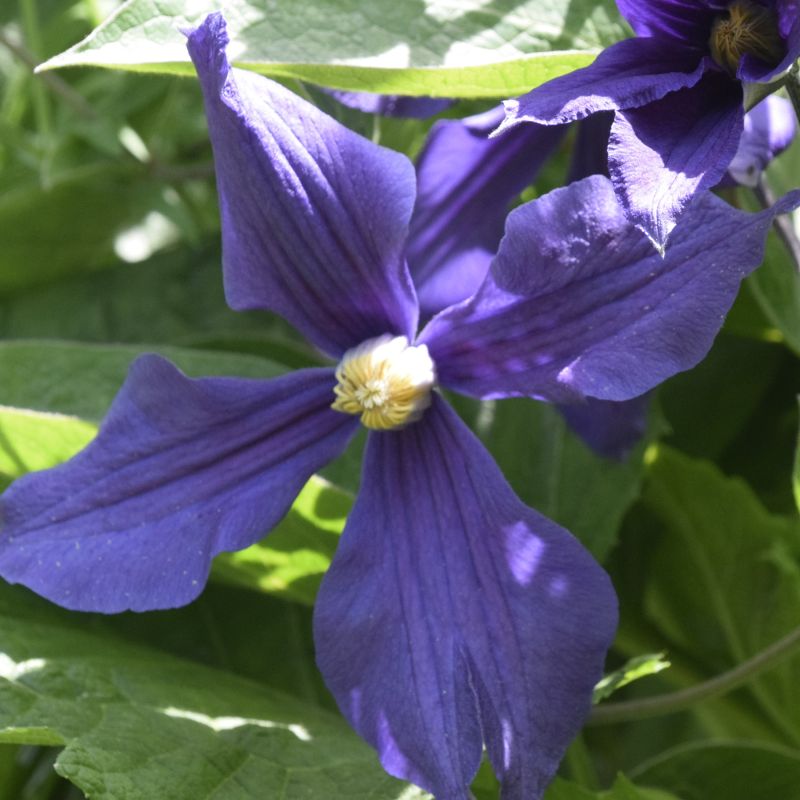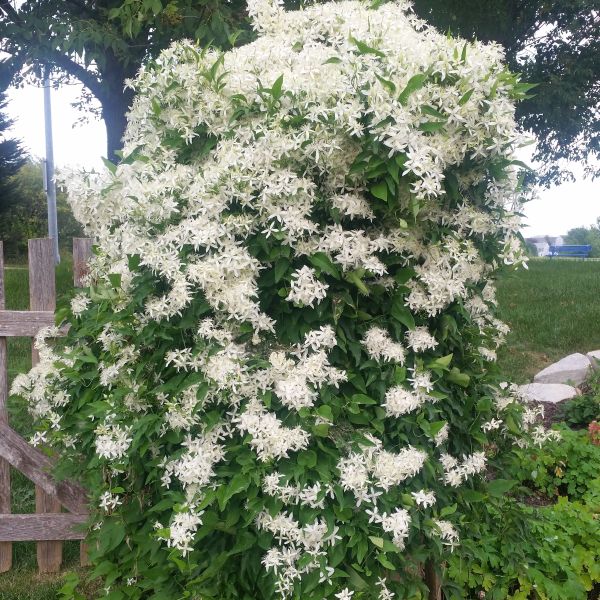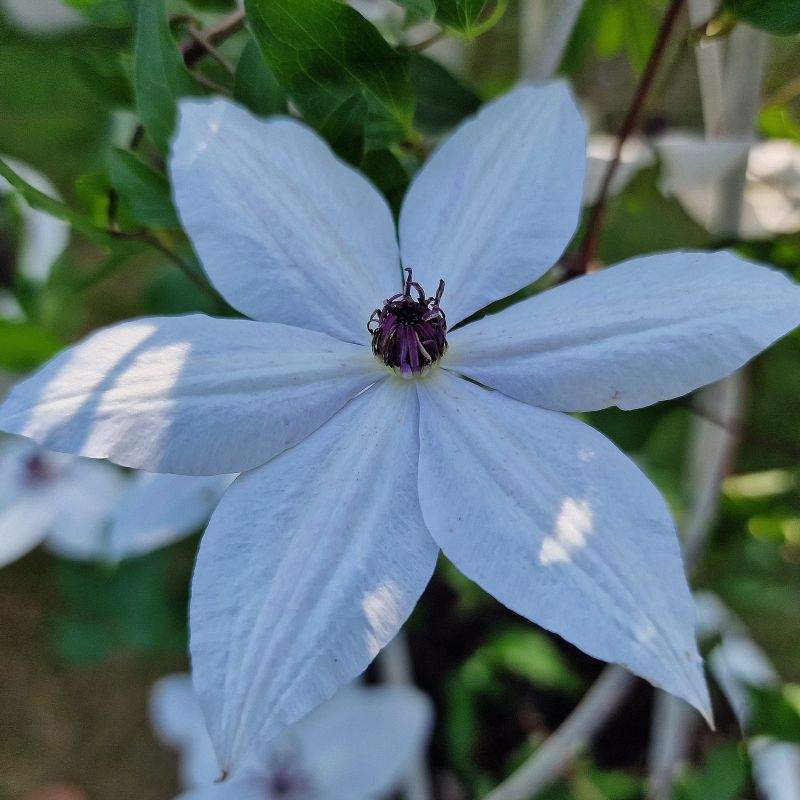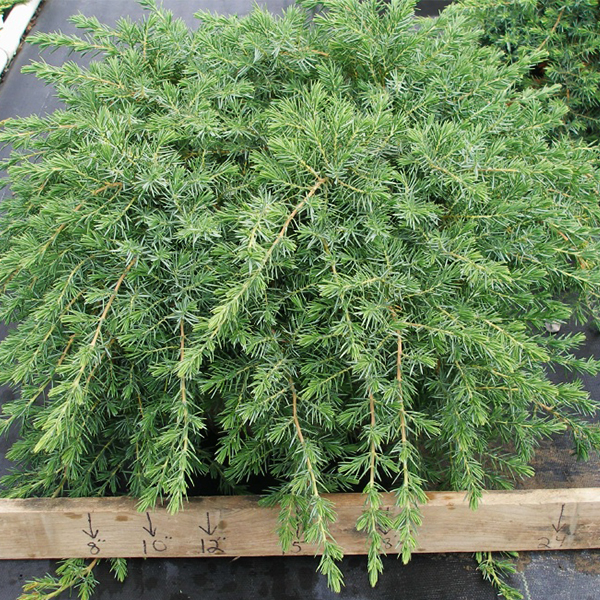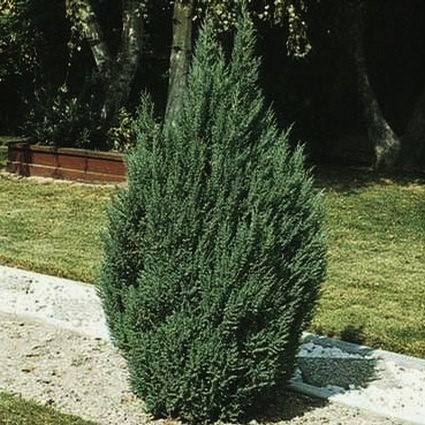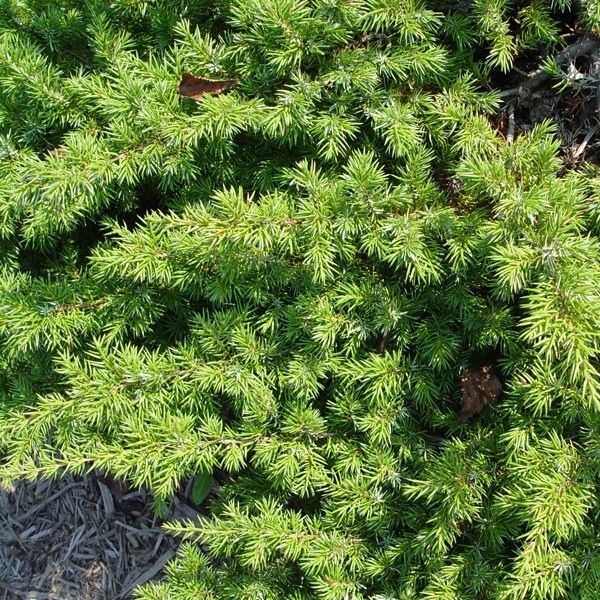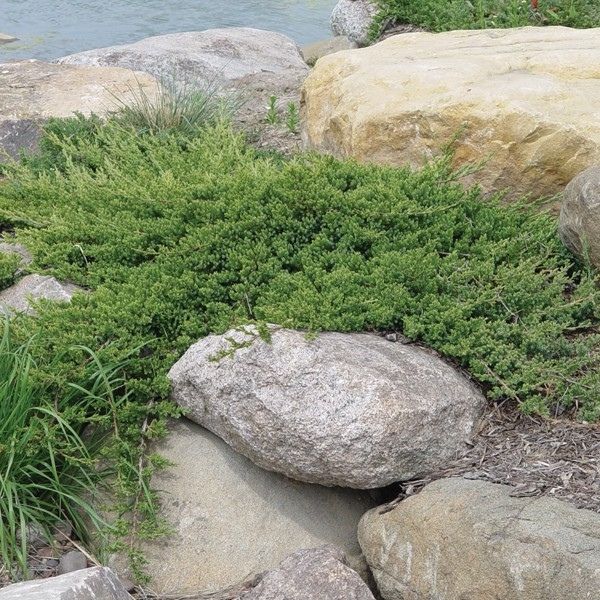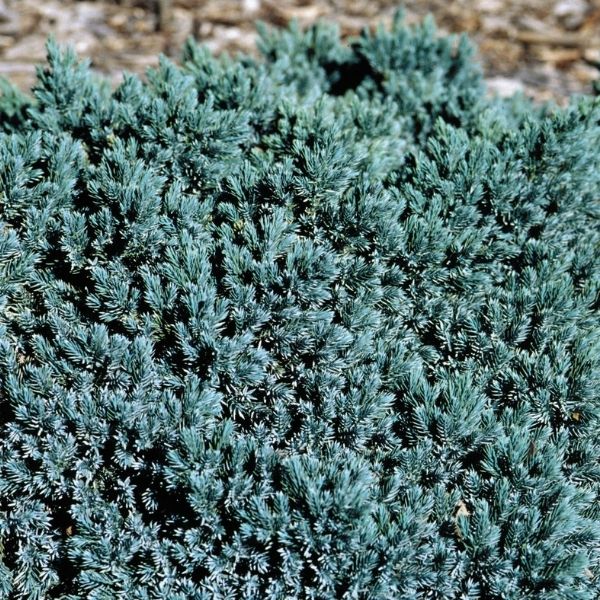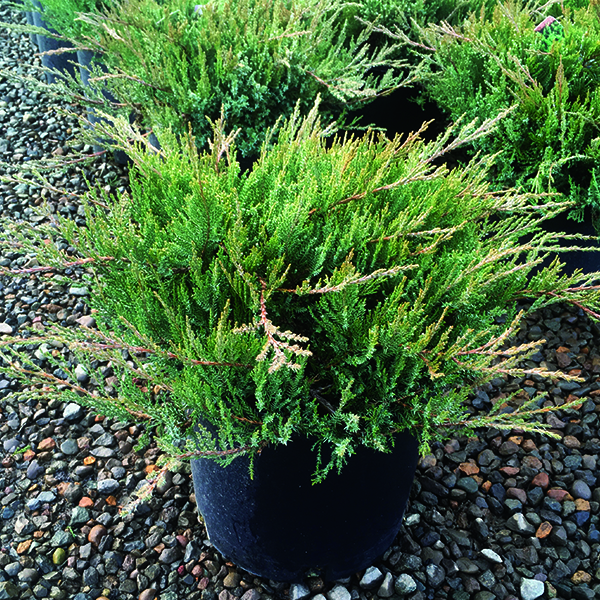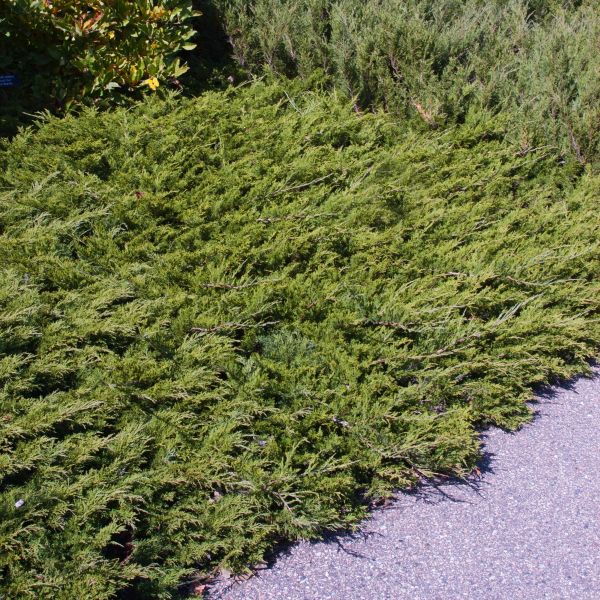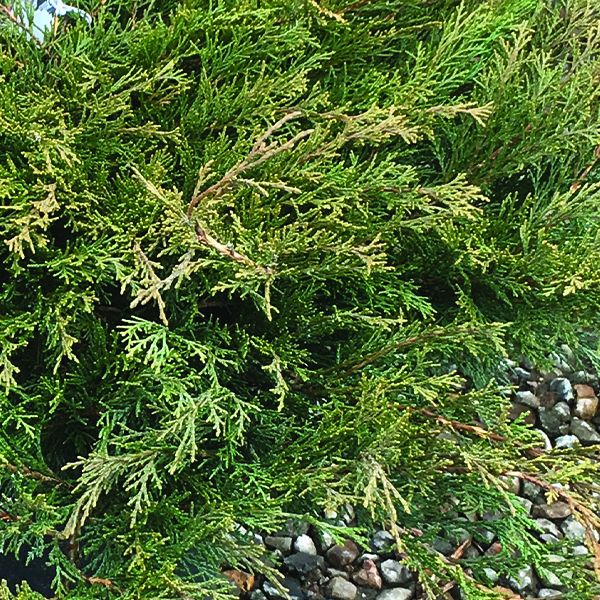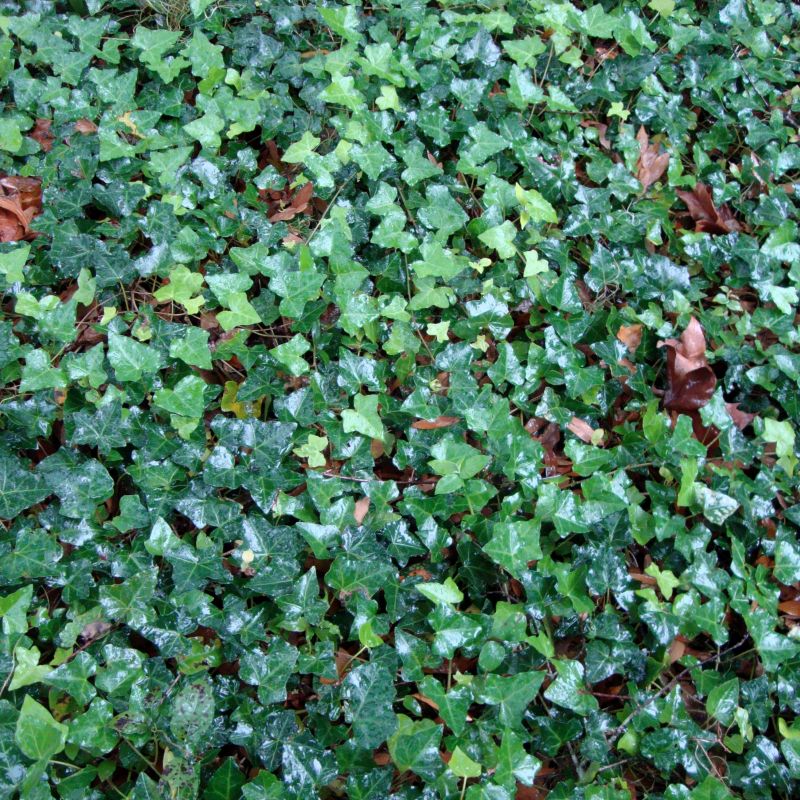
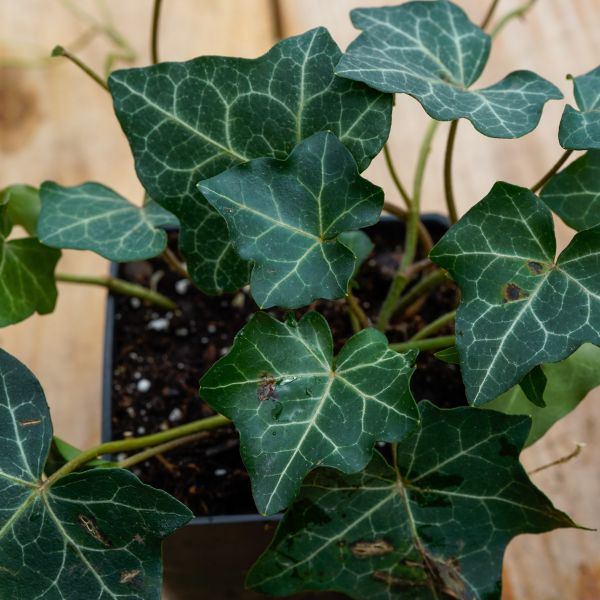
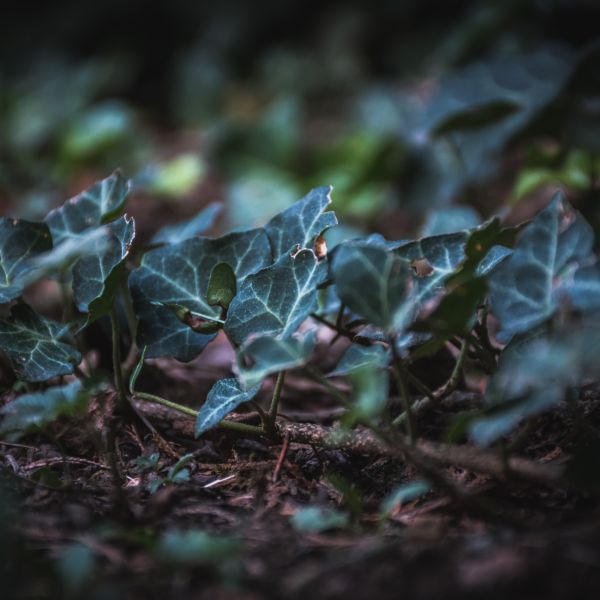
Thorndale English Ivy
Hedera helix 'Thorndale'
12 reviews
Thorndale English Ivy
Hedera helix 'Thorndale'
12 reviews
- Dense foliage provides excellent ground cover
- Tolerates a wide range of soil types and light conditions
- Attractive green leaves add beauty to any landscape
- Recommended by landscape designers for optimal fit in real yards
$31.00
$45.00
30% Off
- Ships to 43215 in 3 to 7 days
- Free Shipping Over $150
- Plant Arrival Guarantee
- In Stock
- Free Plant Consult
$200 - Landscape-Approved: Every Plant We Sell Comes With Design Expertise Behind It
- Premium 1 Gallon
- 1 Gallon
Not just beautiful - intentionally selected by ShrubHub's 3D landscape design team to fit real-world spaces and maximize yard potential.
Why Thorndale English Ivy?
Thorndale English Ivy is a popular choice for ground cover or as a climbing vine due to its vigorous growth and attractive, glossy green leaves. It is known for its ability to thrive in various lighting conditions, making it adaptable to a wide range of environments. Thorndale English Ivy also has a high tolerance for poor soil conditions and is relatively low maintenance.
People who loved this plant also bought
Sunlight
Thorndale English Ivy thrives in part sun to full shade conditions. It can tolerate some direct sunlight, but prefers indirect light or shade for optimal growth. It is important to protect the plant from harsh sunlight, particularly during the hottest part
Watering
Thorndale English Ivy prefers consistently moist soil and should be watered regularly, especially during hot, dry periods. It is important not to let the soil dry out completely between waterings. However, it is also important to avoid over-watering, as th
Fertilizing
Thorndale English Ivy benefits from regular feeding with a balanced fertilizer during the growing season, typically from spring to early fall. Use a slow-release fertilizer or liquid fertilizer diluted to half strength every 4-6 weeks to maintain strong gr
Thorndale English Ivy (Hedera helix 'Thorndale')
Thorndale English Ivy, also known as Hedera helix 'Thorndale', is a versatile and low-maintenance evergreen vine that is popularly used as a groundcover or climbing plant. It features glossy dark green leaves that create a dense carpet of foliage, making it ideal for filling in bare spots in the garden or covering walls, fences, and trellises.
This variety of English Ivy is known for its strong and vigorous growth habit, quickly spreading to cover a large area. It is also tolerant of various soil types and light conditions, although it prefers partial to full shade. Thorndale English Ivy is drought tolerant once established and requires minimal care beyond occasional pruning to keep it in check.
Whether used as a groundcover, in hanging baskets, or as a climbing plant, Thorndale English Ivy adds a touch of greenery and texture to any garden or landscape. Its ability to grow in shade and its hardy nature make it a popular choice for both beginner and experienced gardeners looking to add a touch of green to their outdoor spaces.
Plant Information:
| Botanical Name: | Hedera helix 'Thorndale' |
| USDA Zones: | 5 - 11 |
| Water: | Medium |
| Exposure: | Full Sun |
| Soil Needs: | Well Drained |
| Mature Height: | 12 - 15 feet |
| Mature Spread: | 6 - 8 inches |
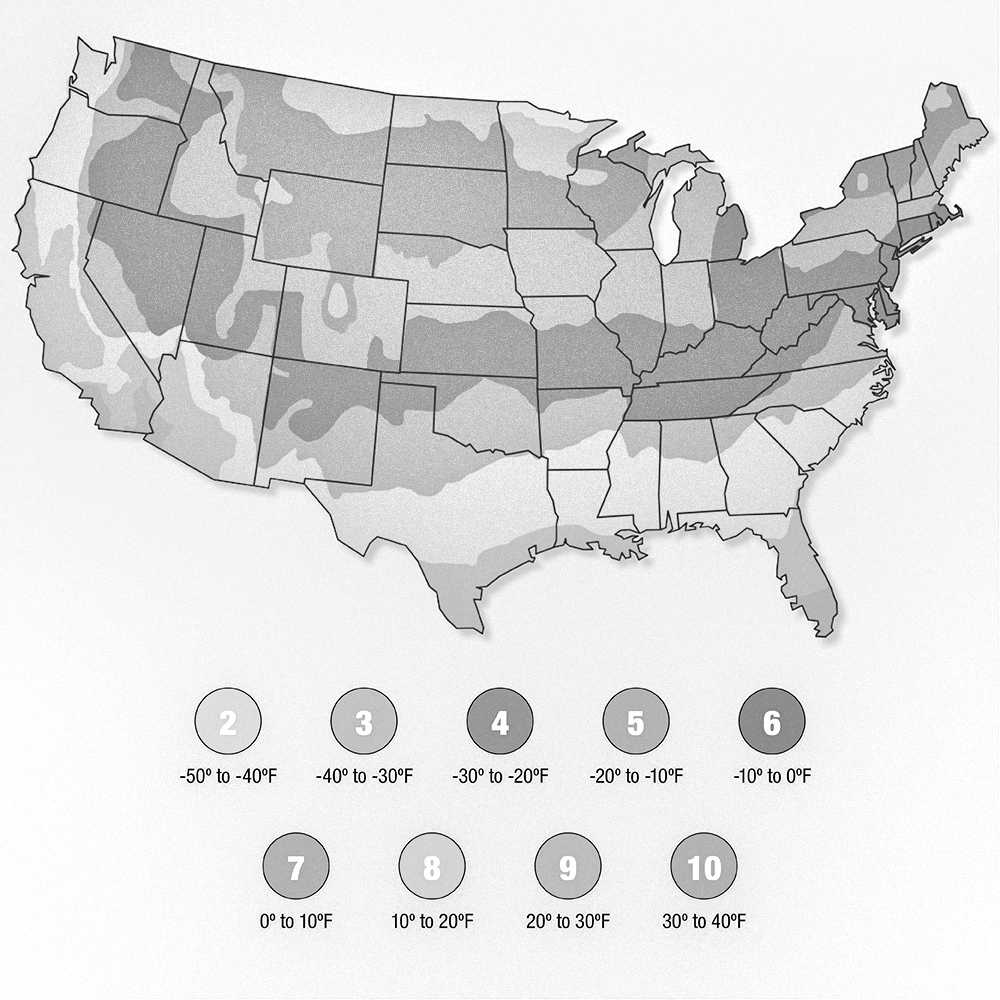
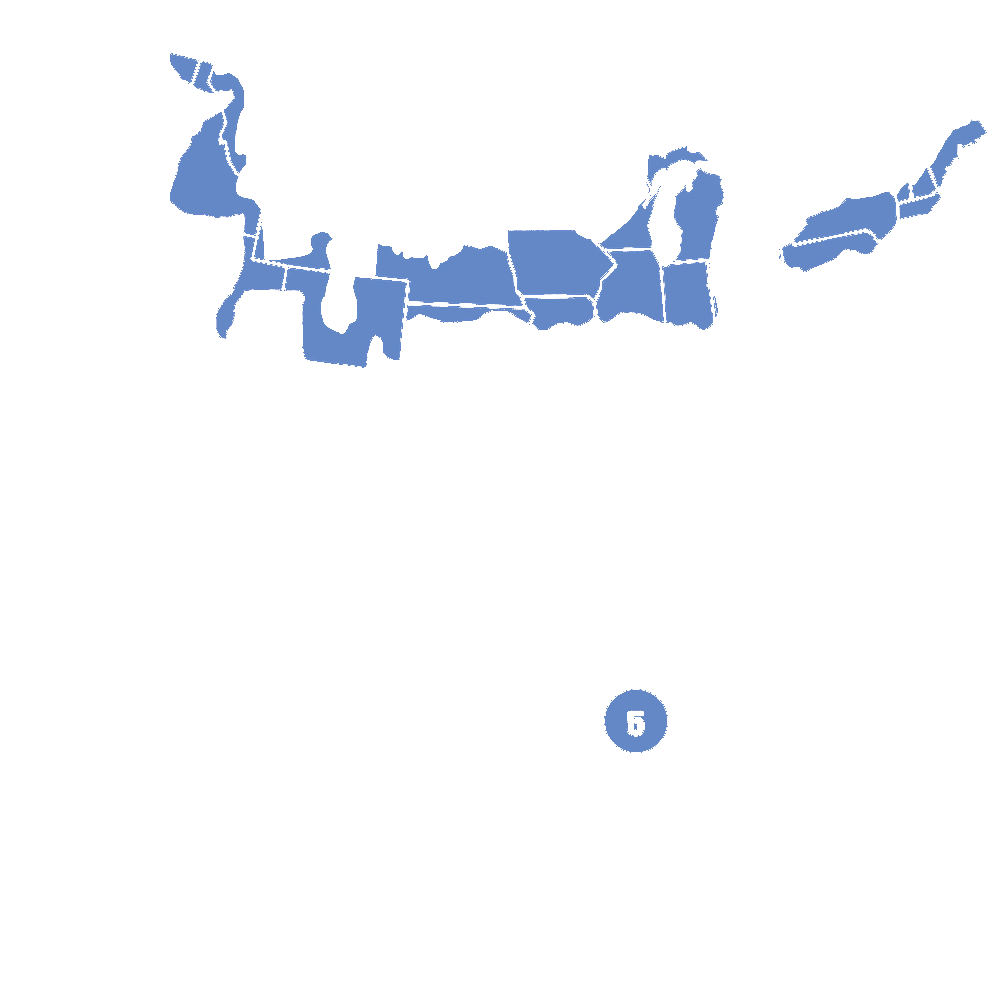
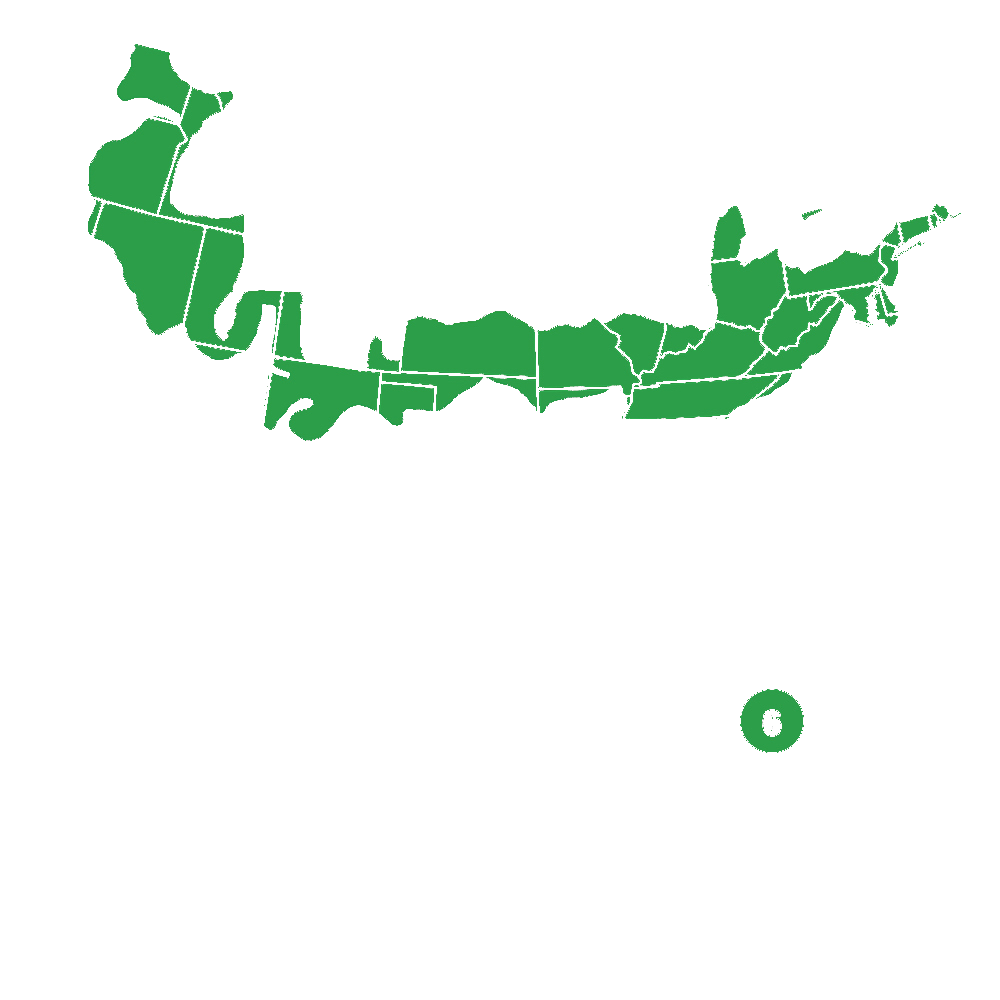
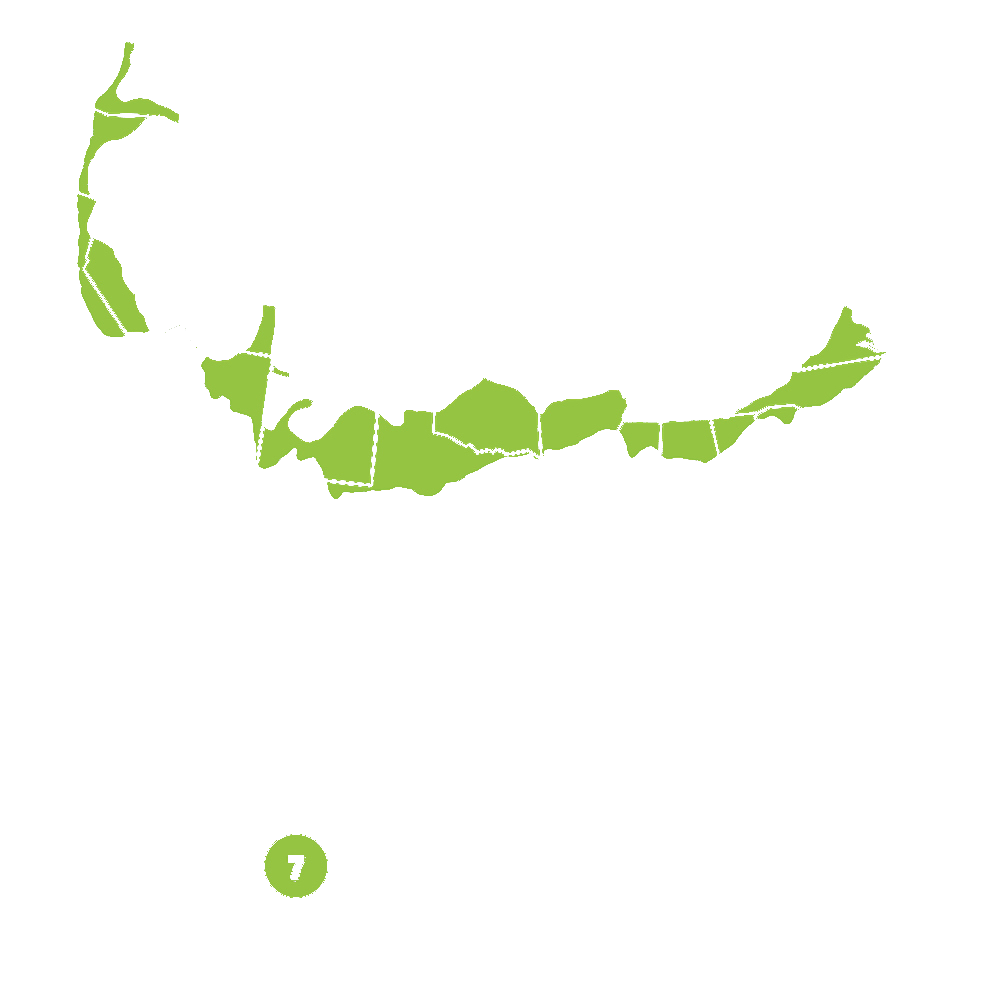
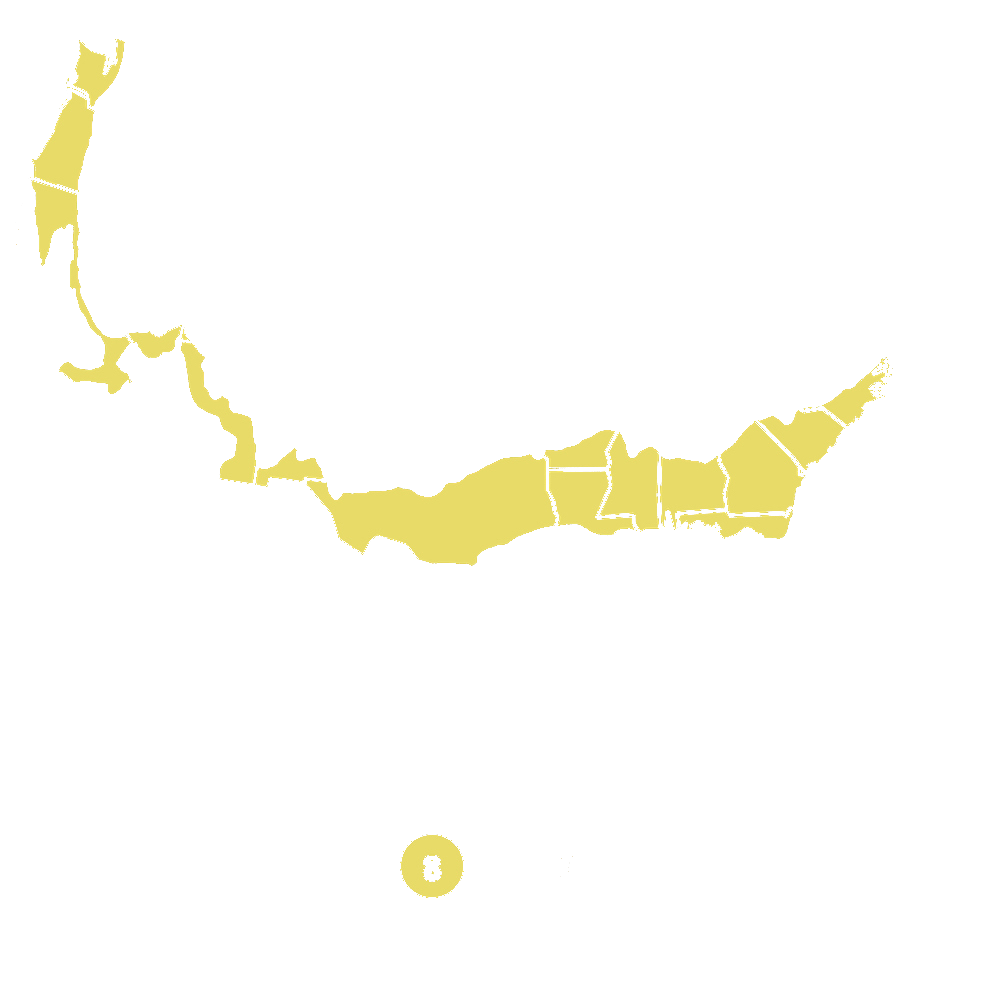
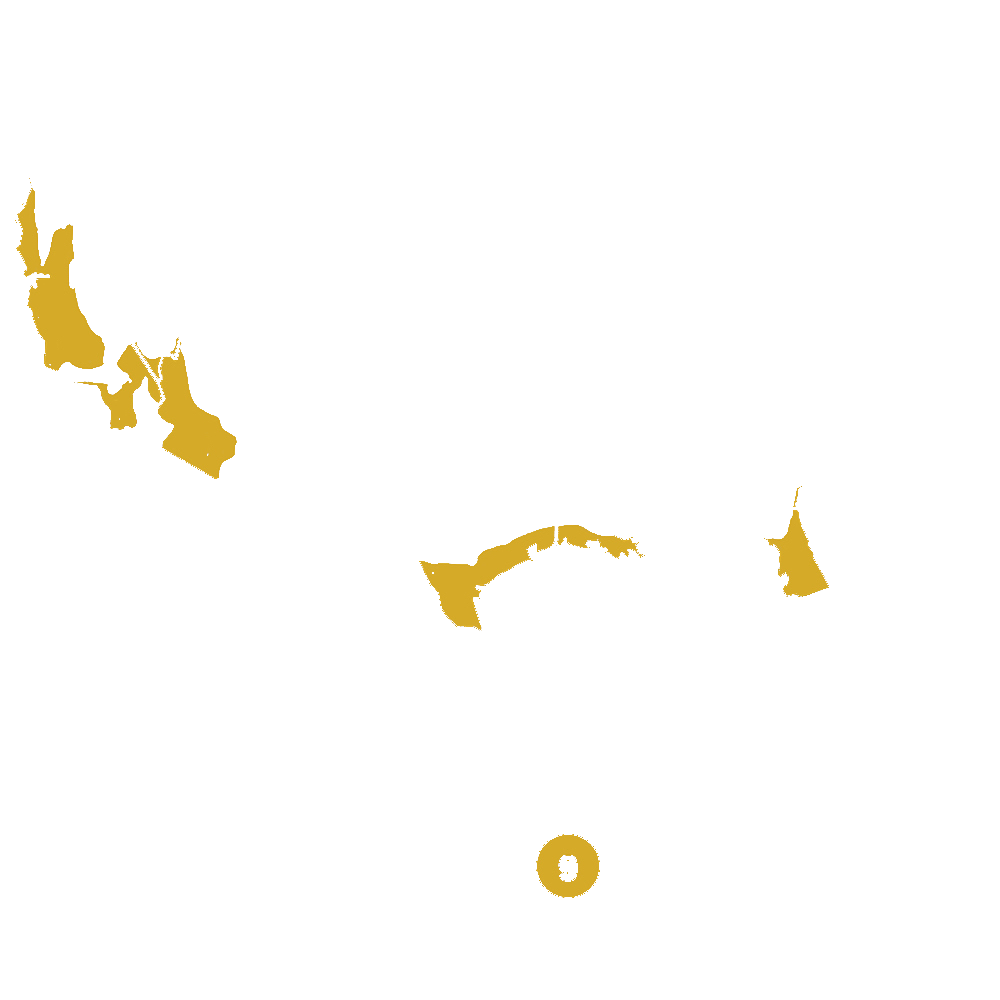
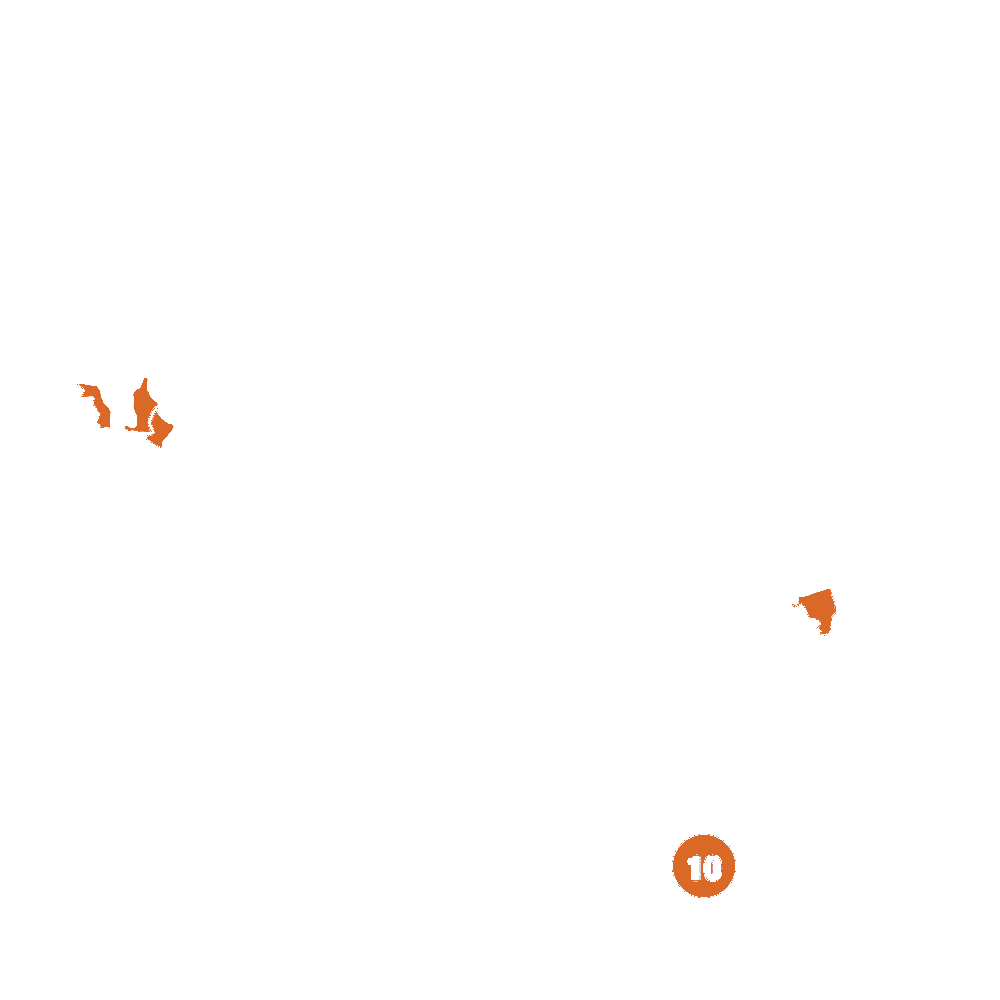
Pollination Info
Pollination Information for Thorndale English Ivy (Hedera helix 'Thorndale')
Thorndale English Ivy (Hedera helix 'Thorndale') is a popular evergreen climbing plant that is grown for its attractive foliage and ability to provide ground cover. While English ivy plants can produce small flowers and berries, they are not a major attractant for pollinators.
The flowers of Thorndale English Ivy are small and inconspicuous, and the plant is primarily propagated through cuttings rather than by seeds. This means that pollination is not a significant factor in the reproduction of this plant.
While English ivy plants can support a variety of insects, including bees and butterflies, they are not considered an important source of pollen or nectar for these pollinators. Instead, English ivy is more commonly used for its ornamental value in gardens and landscapes.
In summary, Thorndale English Ivy (Hedera helix 'Thorndale') is not a major attractant for pollinators due to its inconspicuous flowers and method of propagation. However, it can still provide some habitat for insects in the garden.
FAQ
Thorndale English Ivy (Hedera helix 'Thorndale') FAQ
What is Thorndale English Ivy?
Thorndale English Ivy is a type of evergreen climbing vine that is commonly used as a ground cover or for climbing up walls and fences. It is known for its dark green leaves that have a slight shimmer, making it a popular choice for adding greenery to outdoor spaces.
How do I care for Thorndale English Ivy?
Thorndale English Ivy thrives in partial to full shade and well-drained soil. It is important to water regularly, especially during hot summer months, to keep the soil consistently moist. Pruning can help to keep the vine looking neat and prevent it from becoming too unruly.
Can Thorndale English Ivy be grown indoors?
Yes, Thorndale English Ivy can be grown indoors as a houseplant. It prefers bright, indirect light and well-draining potting soil. Make sure to keep the soil consistently moist, but not waterlogged, and mist the leaves occasionally to increase humidity.
Is Thorndale English Ivy invasive?
Thorndale English Ivy can be invasive in some regions where it is not native. It is important to check with local gardening authorities to see if it is considered an invasive species in your area before planting. To prevent it from spreading uncontrollably, consider planting it in pots or containers instead of directly in the ground.
Does Thorndale English Ivy attract pests?
Thorndale English Ivy is relatively pest-resistant, but it can sometimes attract aphids or spider mites. Regularly inspect the leaves for any signs of pests and treat with insecticidal soap if necessary. Ensuring good air circulation around the plant can also help to prevent pest infestations.
Planting & Care
Planting and Care for Thorndale English Ivy
Planting: Thorndale English Ivy should be planted in well-draining soil with partial shade to full shade. Make sure to space plants about 18-24 inches apart to allow for proper spreading.
Watering: Water Thorndale English Ivy regularly, especially during the first growing season. Keep the soil consistently moist but not waterlogged. Reduce watering in the winter months.
Light: Thorndale English Ivy thrives in partial shade to full shade. Avoid direct sunlight, as it can scorch the leaves.
Fertilizing: Feed Thorndale English Ivy with a balanced liquid fertilizer every 4-6 weeks during the growing season. Follow the instructions on the fertilizer label for proper application.
Pruning: Trim back any overgrown or leggy stems to encourage bushier growth. Prune Thorndale English Ivy in the spring before new growth appears.
Pests and Diseases: Watch out for aphids, mealybugs, and spider mites, which can infest Thorndale English Ivy. Treat any infestations promptly with insecticidal soap or neem oil. Prevent diseases by providing good air circulation around the plant.
Propagation: Thorndale English Ivy can be easily propagated through stem cuttings. Simply cut a 4-6 inch stem with at least two nodes and place it in a container with well-draining soil. Keep the soil consistently moist until roots form.
With proper care, Thorndale English Ivy can make a beautiful addition to your garden or indoor space, providing lush green foliage and a touch of elegance.
Check Out These Verified Customer Reviews:
Customer Reviews
4.8 out of 5 based on 12 reviews
Thank you! Your review has been submitted.
Healthy and lush ivy
The Thorndale English Ivy arrived in perfect condition and looks beautiful in my garden.
I would highly recommend Thorndale English Ivy to anyone looking to add some greenery to their space.
Item has been added to your cart.

